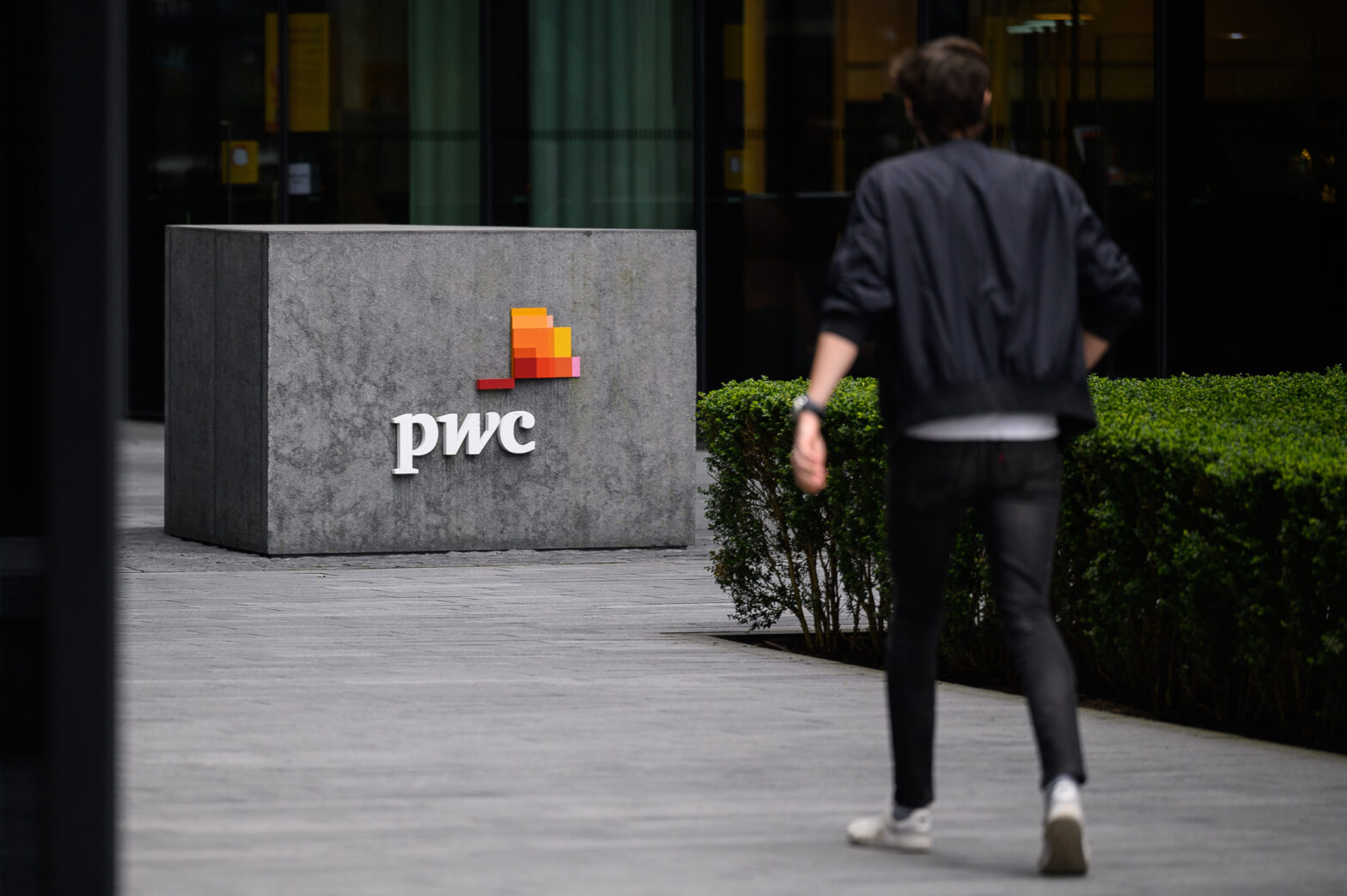|
||
Microsoft, despite the on-going anti-trust case, is overwhelming the dominant supplier of desktop software. Windows and Office are installed on 95% of office PCs. For nearly a decade, there has seemed to be no alternative.
But its 95% market share is under threat from initiatives on at least four fronts: the anti-trust lawyers; traditional software rivals in the IT industry; mobile-phone software suppliers; and the open source movement.
These challengers have all been encouraged by what appears to be a self-inflicted wound. Microsoft changed its software charging policy in July 2002, in effect increasing the price of desktop software for many businesses at a time when IT budgets are under pressure. Analysts say that it is many years since customers have had such a strong incentive to consider an alternative to a Microsoft-dominated desktop.
The new charging policy has helped to restore interest in cheaper open source software from companies including Sun, Ximian, Lindows and CodeWeavers.
The move has also encouraged Corel and IBM Lotus, suppliers of the WordPerfect and SmartSuite packages. Both report an upswing in business.
Customers are also looking for a lower cost of ownership. A group of suppliers, among them Microsoft but also a number of rivals including Sun, Citrix, Tarantella and Softricity, are offering what they says is a cheaper and more flexible server-based model.
Wireless equipment vendors are muddying the water too. They are developing service delivery platforms and applications for business people wishing to access the new generation of data services from handheld devices.
|
|||
|
||||||||||||||||||
|
|||
|
|||||||||||||||
More information
For more information, Read the Infoconomy Business Briefing Paper, Desktop Evolution: The changing economics of office efficiency. Available from the Industry Reports section, price £10, as a pdf file. Available soon.









